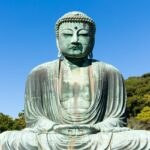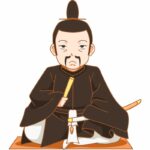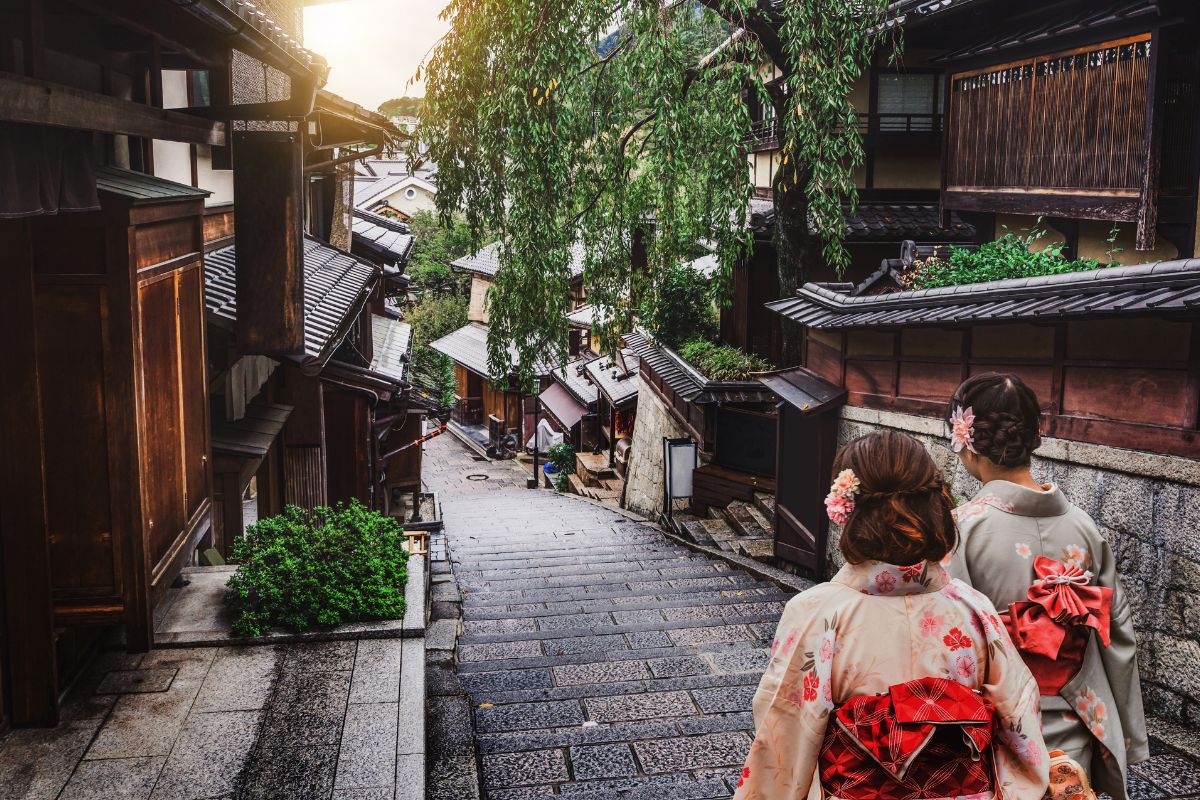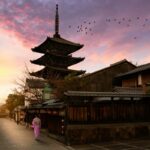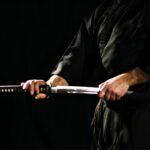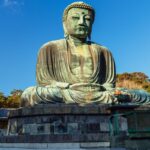From their base at Kamakura, near modern-day Tokyo, bakufu, the governance of warrior chiefs (shogun) and their regents, ruled the land.
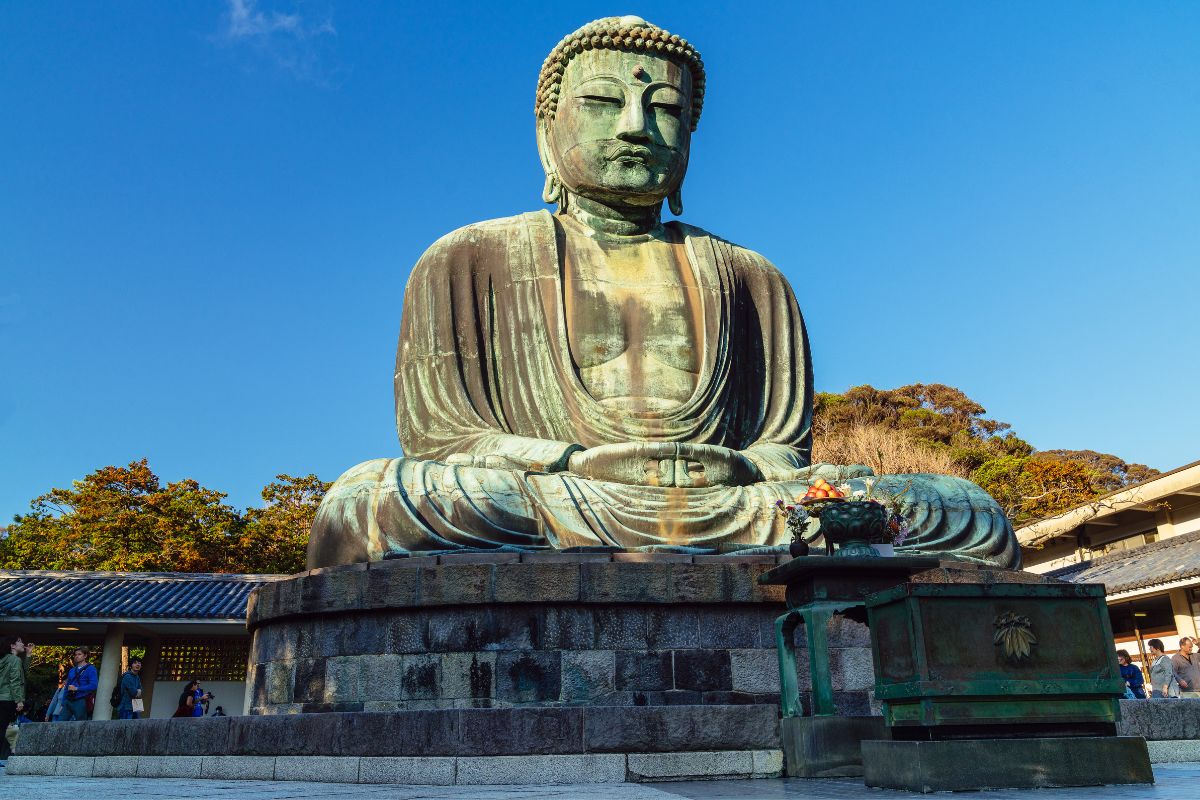
Since the emperor retained the nominal head of state in Kyoto, a dual system of governance was established and lasted for another seven centuries, with emperors reigning but shoguns ruling.
This article will discuss the long and diverse history of Kamakura (see also ‘When Samurai Ruled Japan: The Kamakura Period Explained‘), the birthplace of the samurai warrior.
Before The Kamakura Period (Prior To The 12th Century)
The Kamakura period served as a crossroads for land and sea transportation connecting the Japanese islands’ east and west coasts.
As a result, in the late 4th century, a tumulus was constructed on a mountain ridge at the boundary of Zushi as well as Hayama Town to indicate the relationship with Yamato Imperial Government of Kinai.
From the 8th to the 10th centuries, a provincial administration department that preceded the Chinese Dynasty, was established in Kamakura.
It was a stronghold of the well-established Minamoto clan in the 11th century.
Furthermore, following the mid-twelfth era, Minamoto established his house within Kamegayatsu, based within the current site of Jufukuji Temple.
Period Of Kamakura (1180–1333)
The samurai are established.
Minamoto’s son was exiled into Izu (present-day Shizuoka Prefecture) just after the Heiji Disturbance (1159), entered Kamakura during 1180, gathering the samurai encircling Tokyo.
Yoritomo went to Wakamiya (where Yoshitomo lived) and proclaimed that the genuine Minamoto clan successor was him.
As a result, he designated Tsurugaoka Hachimangu Temple as the samurai’s and his power’s tutelary god.
He erected the temple in its current location, in the heart of the government, to render Shintoism the cornerstone of his religious policies.
In addition, he built Egara Tenjinsha Shrine towards the north of the Tsurugaoka temple which served as a form of god to protect the unfavorable direction.
Then, with the combined military strength of his supporters as his power basis, Yoritomo developed a master and servant alliance with the warriors who served him and built his government power separate from the Imperial powers.
In this way, Kamakura’s rise as a point of samurai administration began, and in 1182, Wakamiya, the primary road towards Tsurugaoka Hachimangu Temple, was built as the city’s core axis.
In 1185, Yoritomo abolished the Taira clan’s authority, and in 1187, he held the very first life saving celebration in Tsurugaoka Hachimangu Shrine (for the penance of tracking down and murdering the clan of Taira).
In the year 1189, the Hiraizumi clan of Oshu Fujiwara was defeated by Yorimoto, and in 1192, he built Yofukuji Temple for the spirits of the enemy’s war dead.
In 1199, after the death of Yorimoto, a funeral service happened in Hokkedo Hall, and in 1200, the very first Buddhist shrine in Kamakura was established on Minamoto no Yoshitomo’s house site.
The Kamakura Shogunate Is Established (1192)
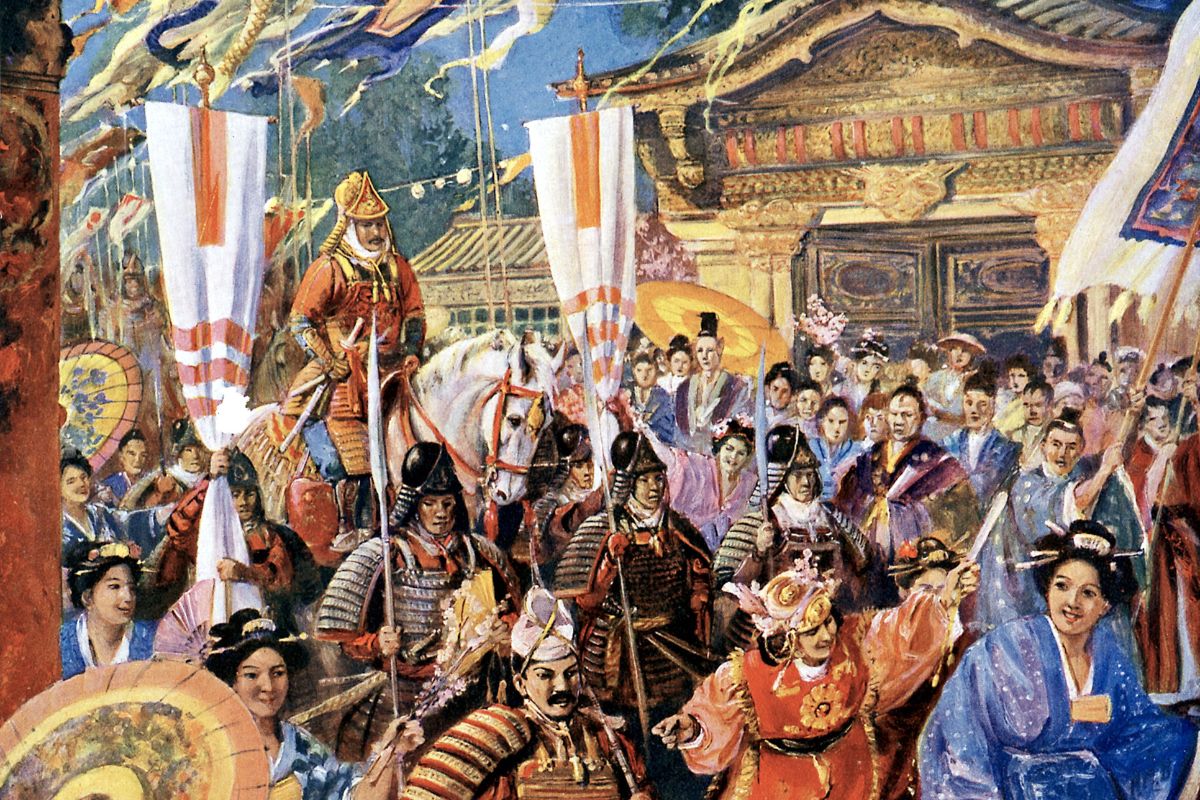
Minamoto progressively expanded his influence.
Ever since, the samurai, led by the Shogun, had evolved into a political entity known as the shogunate, which is separate from the Imperial Court.
Although shogunate remained a typical samurai government dominance, because Minamoto no Yoritomo was of Minamoto clan lineage, a ceremony was established in which only samurai from Minamoto clan bloodline could be the generalissimo.
Takauji and Ieyasu (1543 – 1616), originators of the Muromachi Shogunate, ruled Kyoto from between the 14th and 16th centuries, as well as the Edo Shogunate, which ruled Tokyo between the 17th and late 19th centuries, became subduing generals as warriors who belonged to the clan of Minamoto (shogunate).
The Kamakura Shogunate’s decline and demise
The Mongolians attacked Japan twice, between 1274-1281, causing the Kamakura Shogunate to fall (Genko incidents).
After successfully repelling the onslaught, the ninth ruler Tokimune constructed Engakuji Shrine, second Buddhism specialty ashram within Kamakura during 1282 which served the spirits of the fallen soldiers of both factions in the war.
In addition, in 1296, the ninth ruler Hojo Sadatoki built Kakuonji Temple, hoping for victory over the Mongolian Empire’s re-invasion.
In regency politics authority was steadily centred on the Hojo clan’s Tokuso members and the various branch families that backed the family.
As a result, the shogunate’s displeasure was concentrated on the Hojo clan, who led the shogunate, as each class dealt with the constant overburden of war.
When the discontent reached a pinnacle, both Ashikaga and Nitta factions annexed Kamakura in 1333, rallying the populace to rebel against the shogunate.
When the kiridoshi passed their role as strategic main points for the government seat, the Kamakura soldiers repelled the assaulting forces at Kamegayatsuzaka Pass, Kewaizaka Pass, and other locations.
Kamakura was defeated along the south coast and retreated. The Kamakura Shogunate fell apart and the 14th ruler Takatoki tragically died at the temple in Toshoji.
The Origins Of Samurai Culture
The samurai were faithful to Buddhism and Shintoism, reflecting the Kamakura Shogunate’s (see also ‘The Fall Of The Kamakura Shogunate And The Rise Of The Ashikaga Shogunate‘) religious doctrine.
The Hojo dynasty rose to power and constructed Buddhist temples inside the neighbourhood of their mansions, which were scattered around Kamakura.
Hojo Tokiyori as well as Nagatoki constructed Jokomyoji Shrine in 1251.
Hojo Sanetoki established Shomyoji Temple in 1258 and diligently researched Buddhist doctrines.
The temple’s library was founded in 1275. In addition, Hojo Shigetoki founded Gokurakuji Temple in 1259.
With the revitalization of Japan-China trade in the middle of the 13th century, Chinese culture was aggressively carried into Japan, along with Zen Buddhist values from China, and Kamakura grew significantly as a capital with a surprisingly international character.
This is precisely expressed in Chinese commodities from the time period that proliferated in significant amounts in Shomyoji Shrine and Kanazawa Library, such as Chinese literature, Buddhism texts authored throughout the Yuan and Song Dynasties, and pieces of arts like ceramic ware.
Buddhist monks, who constituted Japan’s intellectual class at the period, especially a substantial percentage of Zen Buddhists, sought passage in commerce vessels and went from China and Japan regularly throughout this period.
Chinese culture was transferred to Japan including literature, arts, calligraphy, tea ceremony and printing, as well as ordinary food, clothes, and shelter.
Final Thoughts
The samurai identity, which formed throughout the early Kamakura period avidly drew in Chinese ways of life alongside Japanese traditions, along with Zen Buddhist values, and progressively produced samurai culture during the process of constructing the political system and increasing their power.
Today, Kamakura’s history and samurai traditions remain important elements of Japanese culture and heritage.
- 16 Best Websites To Watch Japanese Movies With English Subtitles - May 11, 2023
- Is ZIPAIR The Best Airline For Traveling To Japan? - May 11, 2023
- Ryu Murakami Vs Haruki Murakami – Which One Should You Read? - May 11, 2023

